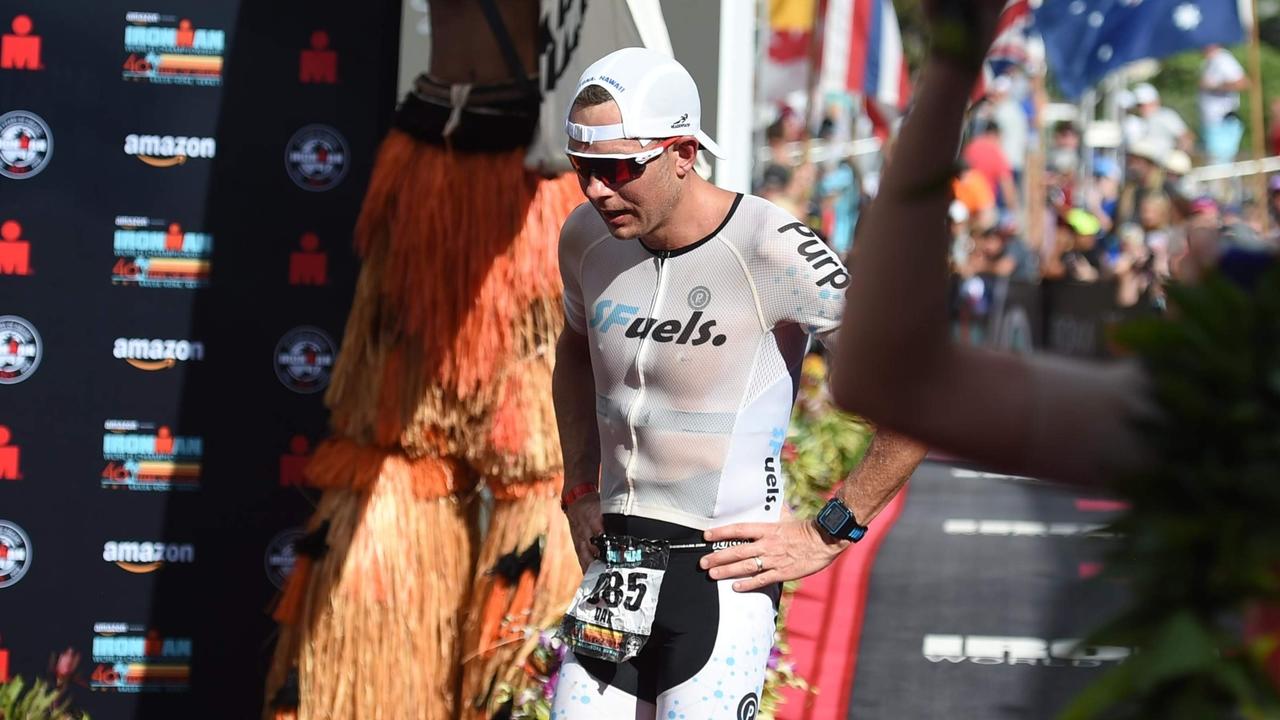Interpreting Shifts in Blood Lactate Profiles

Dr Dan Plews & Ed Maunder
In this blog, we are going to provide a little detail for athletes and practitioners on how to interpret changes in blood lactate parameters and profiles derived from serial laboratory-based lactate threshold assessments. These assessments typically involve exercising initially at a very low workload, considerably below the aerobic threshold, with heart rate and blood lactate concentration recorded prior to an increase in workload every 3-4 minutes (although these ‘steps’ can be longer). These steps are repeated until exhaustion. Expired gases may be collected throughout, and these can provide insight into movement economy, substrate utilization, and maximum oxygen uptake (VO2max). The tests are typically performed for (i) training zone identification and (ii) monitoring adaptations to training.
Classic rightward and leftward shifts
Below we have a textbook rightward-shift in the blood lactate vs. power output curve, which we would interpret as indica...
Why low intensity training needs to be of low intensity

If any of you have listened to Dan’s chat with Triathlon Taren on his podcast recently, you would have heard him talk about the importance of getting your zone 2 intensity right and ensuring that level 2 endurance training is at the correct physiological stress, i.e. below the first ventilatory (or aerobic) threshold. The reasons that this is so important are both from an adaptation perspective (i.e. ensuring we are making the correct physiological adaptations), but also from an overall physiological stress, which effects our ability to train consistently well. This blog discusses why ensuring that your level 2 training is actually at level 2 could be the key to unlocking your ability to train consistently as you pursue your Long Distance Triathlon goals.
Indeed, one of the most important factors impacting the success of training for long-distance triathlon is intensity distribution and discipline, concepts we will cover in great detail in Endure IQ LDT102: Training Program Fundamenta...
